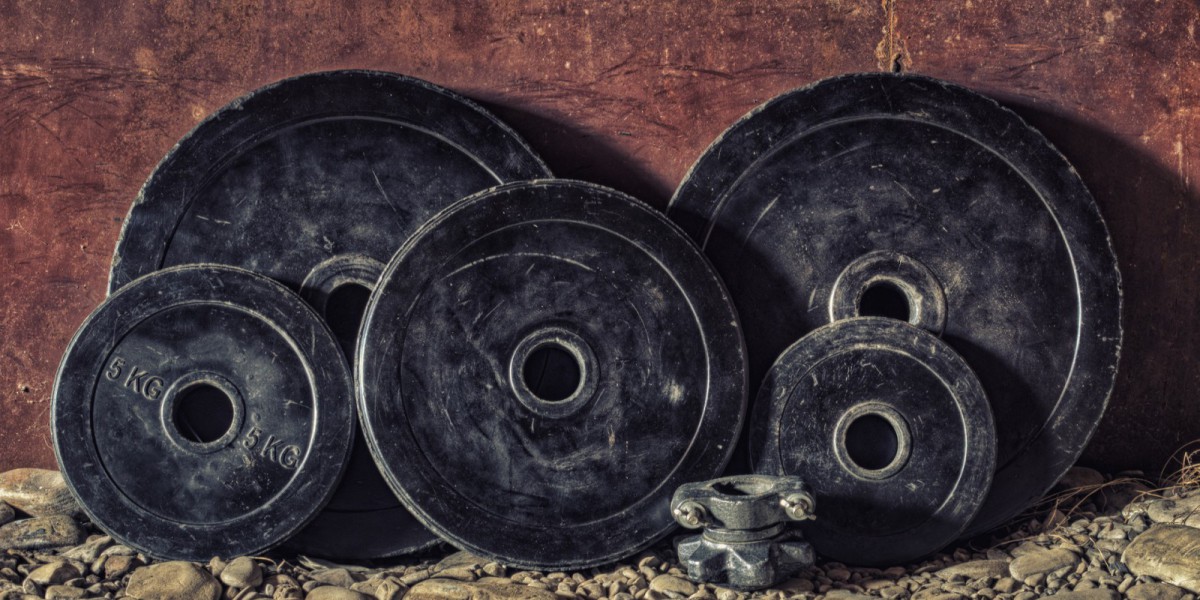Apply a VAT rate on a product with Drupal Commerce 2
Drupal Commerce 2 now allows you to manage the various taxes and VAT to apply to an online store, regardless of its country and their respective rules in this area. Most of the contributed modules managing these elements on Commerce 1.x are therefore no longer necessary. Let's find out how to use the Drupal Commerce 2.x Resolver concept to set the VAT rate to apply to different products.










